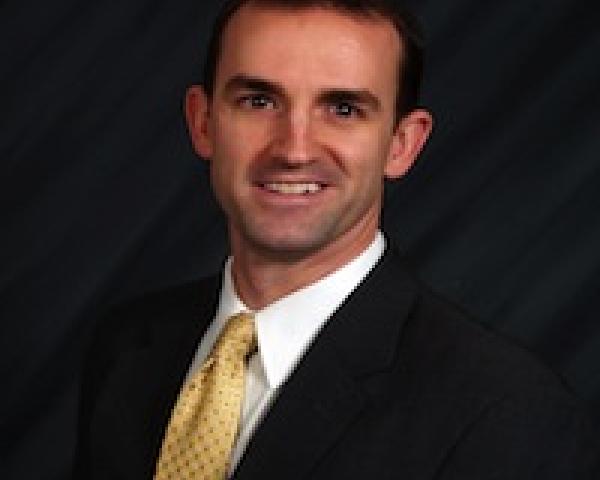Drug formularies hold great promise to control costs and improve treatment, but they must be phased in carefully, over years.
When Texas announced an 80% drop in the cost of “N” drugs prescribed for new injuries, workers’ compensation stakeholders took notice. (Medications designated as “N” in the Official Disability Guidelines are not appropriate for first-line therapy.)
Since that announcement, the implementation of a closed formulary has placed near the top of the list on several state legislative agendas. While the results being reported out of Texas are still fairly recent, the concept of a closed formulary is not a new idea in that state. Although changes in Texas’ work comp medical cost trends appear sudden, the process for achieving these was anything but.
When HB 7 was passed in 2005, it created the Division of Workers’ Compensation (DWC) within the Texas Department of Insurance and, among other things, authorized “evidence-based, scientifically valid and outcome-focused” medical treatment guidelines and a closed formulary for prescription medications. These steps, along with the existing preauthorization and dispute-resolution processes, provided the solid regulatory infrastructure needed to implement a successful closed formulary.
The Texas Closed Formulary (TCF) requires preauthorization for medications identified as “N” drugs in the current edition of the Work Loss Data Institute’s Official Disability Guidelines (ODG). These guidelines are updated on a monthly basis to encompass new medications and new research surrounding current medications. The TCF excludes not only “N” drugs but also any compound medication that contains an “N” drug, as well as experimental drugs that are not yet broadly accepted as the prevailing standard of care.
Naturally, implementing these requirements would mean a substantial change in prescribing habits. (That was the point.) The problem was that immediate and strict implementation could mean that injured workers were suddenly denied previously prescribed medications without allowing proper time for weaning. To counter this problem, the DWC created a “legacy period” during which older claims would not yet be subject to the closed formulary, even while providers had to comply with formulary requirements when treating newly injured patients. This approach allowed providers to adapt to the new preauthorization requirements and adjust their treating habits over time in existing claims. At the same time, it ensured formulary compliance from the outset in new claims.
After the conclusion of the two-year legacy period, all claims became subject to the TCF. In effect, this legacy period was a compromise that allowed Texas to begin implementing the TCF in all of its claims without hurting patients already on long-term prescription therapy.
The first (and, to date, only) state to attempt to replicate the Texas model was Oklahoma. Oklahoma followed the Texas model closely and, in some places, added improvements. For example, while the TCF excludes all compound medications containing an “N” drug, Oklahoma's closed formulary excludes all compound drugs, regardless of ingredients.
Unfortunately, there are also some drawbacks – the main one being limited application. Because the Oklahoma Closed Formulary is contained within the rules for Oklahoma’s new Workers’ Compensation Commission, it applies only to those cases within the commission’s jurisdiction. The commission has jurisdiction over all claims with a date of injury from Feb. 1, 2014, on. Older claims are handled by the Workers’ Compensation Court of Existing Claims, which has no closed formulary provision. This means that a doctor treating a worker who was injured on Jan. 31, 2014, and another who was injured on Feb. 1, 2014, will only have to abide by evidence-based treatment guidelines for the second worker.
While Oklahoma has adopted medical treatment guidelines and taken steps to require preauthorization, these requirements are relatively new within the Oklahoma workers’ compensation system. As a result, providers, patients and payers are still adjusting to the new system, and there has been a fair amount of confusion.
Implementing a successful closed formulary does not happen overnight. Texas started the process 10 years ago and has been consistently working to ensure that its reforms were successful. After taking the time to establish the necessary regulatory infrastructure, adopt treatment guidelines and create a logical solution to ensure a unified standard of care issue across all claims, the state is finally seeing clinical and economic benefits.
As Arkansas, California, North Carolina, Tennessee and other states start thinking about replicating the results of Texas by implementing their own closed drug formularies, they would do well to have conversations about these principles first.
This article was originally posted at: WorkCompWire.


